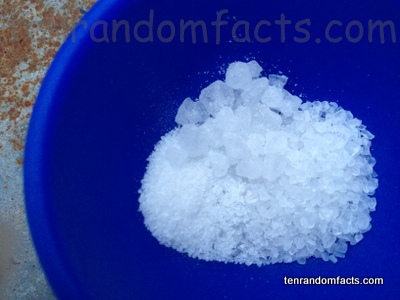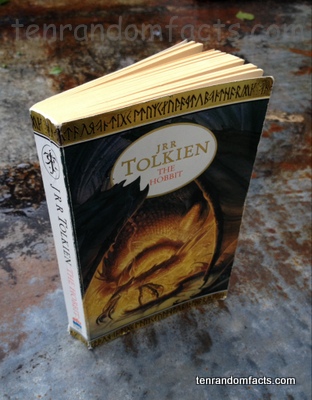
“That’s one small step for [a] man, one giant leap for mankind.” – Neil Armstrong; spoken after the first step on the moon.
- Neil Armstrong (born ‘Neil Alden Armstrong’) was born on 5 August, 1930 in Ohio, United States, and his parents were Stephen Koenig Armstrong and Viola Louise Engel.
- Neil Armstrong was a NASA astronaut, who was famous for being the first person to set foot on the moon, where he moved around for approximately two and a half hours, on 21 July, 1969.
- Neil Armstrong died at 82 years of age on 25 August, 2012, in Ohio, due to cardiovascular surgery complications; and his ashes were scattered at sea.
- Neil Armstrong journeyed through many careers including engineering, aircraft, test piloting, university education and business.
- Among other awards and honous, Neil Armstrong was awarded three significant medals: the Presidential Medal of Freedom (1969), Congressional Space Medal of Honour (1978), and Congressional Gold Medal (2009).
Armstrong in Apollo 11
Image courtesy of Recuerdos de Pandora/Flickr
- Neil Armstrong married Janet Shearon in 1956, whom he met while she was studying, and subsequently had three children (one died at a young age), and then he married Carol Knight in 1994, after he divorced Janet.
- Neil Armstrong was appointed to aircraft training in the navy, in 1949, performed 78 tasks in the Korean war, and retired in 1960.
- Neil Armstrong participated in two major space projects of NASA’s: Project Gemini, for advancements in space travel, and Project Apollo, for the first person on the moon.
- Neil Armstrong was involved in a few legal issues, which included Hallmark’s illegal use of his quotes and other information, and his barber selling his hair for $3,000.
- In his whole life, Neil Armstrong spent only a little more than eight and a half days in space.
Bibliography:
Bibliography, 2012, NASA, http://www.nasa.gov/centers/glenn/about/bios/neilabio.html
Neil Armstrong, 2013, Wikipedia, http://en.wikipedia.org/wiki/Neil_Armstrong
























